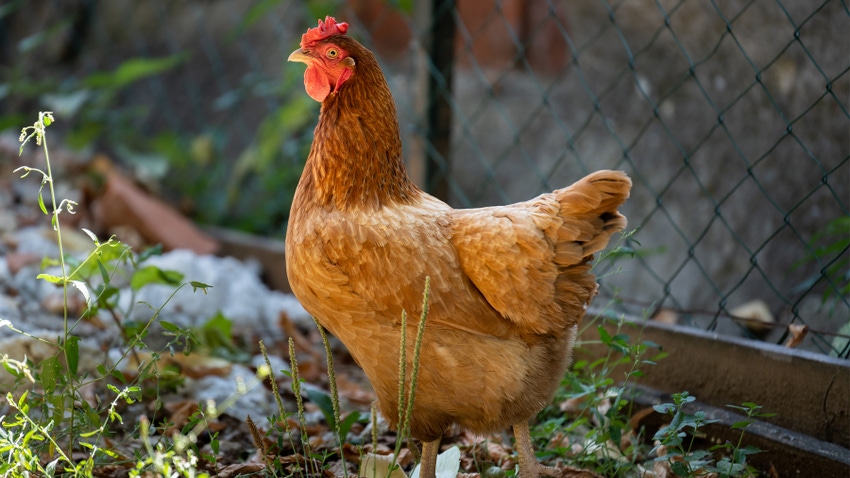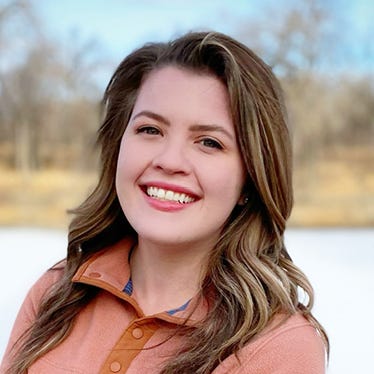
North Dakota is just one of many states strategizing a defense plan against animal diseases. Leading the charge is North Dakota state veterinarian Ethan Andress.
Just 18 months into his role, Andress is establishing a battle plan for animal disease “to make sure we keep the state safe from diseases.”
Livestock diseases the agency is on guard for in 2023 include African swine fever, foot-and-mouth disease and avian influenza. “Right now, we’re preparing for the fall and spring, as the avian influenza situation hasn’t disappeared across the United States,” he says.
According to the North Dakota Department of Agriculture, a backyard chicken flock in Mountrail County in November was the last case of avian influenza.
Protect flocks
In the past year, most of the state’s avian influenza cases spread through wildlife to backyard birds rather than to commercial flocks. “I can’t think of an exception that did not involve an exposure to wildlife, predominately birds and geese,” Andress says. “A lot of our backyard flocks come to a water source that is shared with ducks and geese.”
He advises backyard bird owners to keep domestic flocks away from wildlife. For instance, people trying to help an injured bird might be accidentally infecting their flocks with avian flu. What people need to keep in mind is if they see sick birds, don’t bring them back to your property because they could be sick with avian influenza.
As more cases surface in California and across the country, Andress will continue to strategize. “We’re building the framework and infrastructure for us to respond to bigger situations that would be catastrophic to the state,” he says.
In the case of animal disease, North Dakota does have one major strength when compared to other livestock-producing states: wide open spaces. Andress says in states like Iowa and South Dakota, the close proximity of animal operations makes it difficult to keep diseases quarantined in each barn.
“In North Dakota, we have the opportunity to have space between operations, so one breakout doesn’t necessarily stop the movement of others, and we saw that with avian influenza,” he says.
Throughout 2023, Andress says he and his team will work to further protect livestock from animal diseases in North Dakota.
About the Author(s)
You May Also Like






